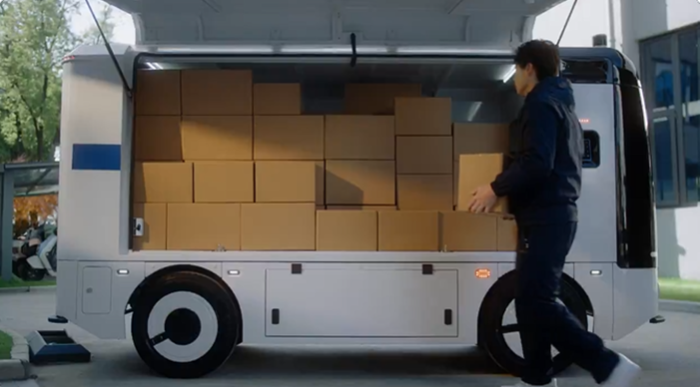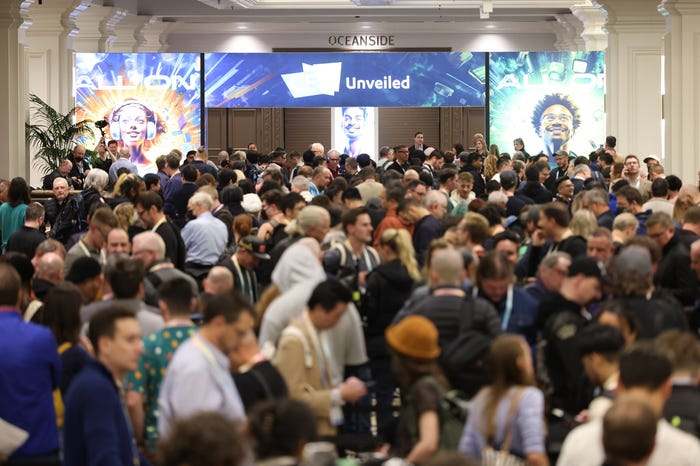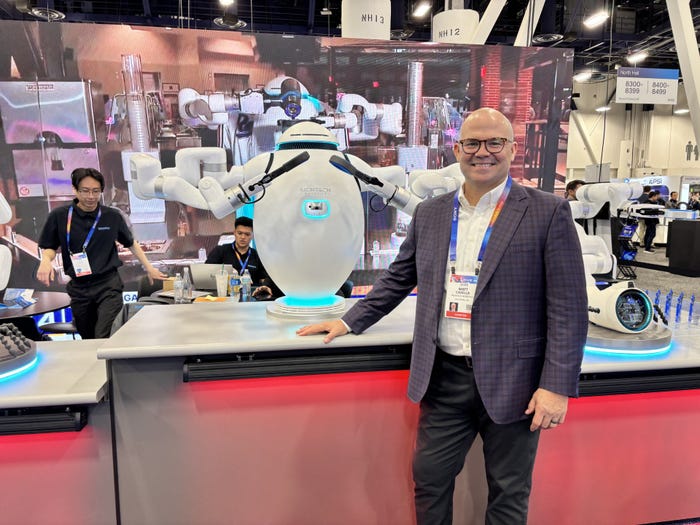GM Stops Funding Cruise Self-Driving Taxis
General Motors has spent nearly $10 billion on Cruise since acquiring it in 2016

General Motors has announced it will stop funding its self-driving taxi subsidiary Cruise, spelling the end of the subsidiary as we know it.
The news came in a media statement issued by the company, which explained: “GM will no longer fund Cruise’s robotaxi development work given the considerable time and resources that would be needed to scale the business, along with an increasingly competitive robotaxi market.”
Instead, the manufacturer says it will “refocus autonomous driving development on personal vehicles” with some Cruise employees working alongside existing GM teams to further develop driver-assistance tech.
Cruise’s future has been uncertain for some time, following its bungled handling of the aftermath of an accident in San Francisco in October 2023, which had disastrous consequences for the company.
In that time, the already brutal self-driving taxi battlefield has become even more intense, with Waymo – owned by Google parent Alphabet – forging ahead, announcing in recent weeks that it is now delivering 150,000 paid trips across the United States in San Francisco, Phoenix, Los Angeles and Austin. It has also confirmed plans to enter Miami.
In October, Tesla revealed its plans to enter the sector with its Cybercab, while Amazon-owed Zoox has signaled its intent to operate in Las Vegas and San Francisco in 2025.
In contrast, Cruise – which lost a mind-boggling $3.48 billion in 2023 – has most notably remained in the headlines due to a series of fines relating to its conduct following the 2023 crash.
In hindsight, the warning which came with GM’s award of a further $850 million in funding for Cruise in June – chief finance officer Paul Jacobson said: “This buys us time to continue to pursue our strategic review going through how we’re going to think about Cruise’s future” – was a sign that all might not be well.
For more self-driving vehicle and other emerging tech news subscribe to our free newsletter!
The problems for Cruise started in the immediate aftermath of the incident, which saw a pedestrian struck by a human-driven car before coming into contact with one of its self-driving taxis. The AV stopped, then restarted, dragging the person around 20 feet along the ground, before coming to a halt.
The company lost its licenses to operate in California as it was deemed a risk to public safety, before it voluntarily paused all operations nationwide. Leading execs left and hundreds of staff lost their jobs. But it was the fact that it took Cruise 15 days to submit what was considered a comprehensive, truthful account of what had actually happened that enraged authorities.
Faced with this negative narrative, a dominant rival and the eye-watering cost of development, GM has now decided to act, ending the chase of a robotaxi market that previous CEO Kyle Vogt had once estimated was worth $1 trillion.
Vogt, who lost his job in the controversy following the California crash, made his feelings clear on GM’s decision, posting on social media: “In case it was unclear before, it is clear now: GM are a bunch of dummies.”
Far from earning a slice of this significant pot, however, GM has spent around $10 billion on Cruise since acquiring it in 2016.
Now, GM’s focus will be further developing its hands-off, eyes-on driving feature Super Cruise, which is offered on more than 20 vehicles.
CEO Mary Barra said: “GM is committed to delivering the best driving experiences to our customers in a disciplined and capital efficient manner. Cruise has been an early innovator in autonomy, and the deeper integration of our teams, paired with GM’s strong brands, scale, and manufacturing strength, will help advance our vision for the future of transportation.”
GM currently owns about 90% of Cruise, and has agreements with other shareholders that will raise its ownership to more than 97%. The company will pursue the acquisition of the remaining shares before embarking on restructuring, which will be completed in the first half of 2025. It is not clear how many Cruise staff will lose their jobs.
GM is not the first automaker to dramatically rethink its autonomous strategy due to the enormous costs involved. In 2022, Ford and Volkswagen pulled out of Argo AI, causing the self-driving tech start-up to fold completely.
About the Author
You May Also Like








